Vitamin B9 (folic acid)
Folates (as found in food) or folic acid (synthetic compound as found in supplements) are important for the division and function of cells. For this reason, the requirement is increased, especially in early pregnancy. A deficiency can lead to maldevelopment of the infant. Symptoms of deficiency are anemia and cognitive dysfunction.
Functions of folic acid in the body
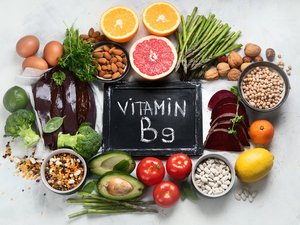
-
Fetal development
Folic acid plays an important role in the development of the fetus. It is involved in the formation of the central nervous system (brain and spinal cord). -
Cell division
Folic acid is important for the division and function of cells. It is a component of some coenzymes. Coenzymes activate the actual biocatalyst (= enzyme), allowing a metabolic reaction to take place. In particular, folic acid is involved in transformations that are important for the production of DNA and consequently for cell growth. Especially cells that decay and renew themselves quickly (e.g. intestinal, lung, blood cells) are dependent on a sufficient supply of folic acid.Furthermore, folic acid is involved in the conversion of certain amino acids and in the formation of messenger substances (neurotransmitters) in the brain.
Good to know about folic acid
- The recommended intake is 300 µg per day, for pregnant women 400-600 µg per day.
- The folate store in the liver is only sufficient for three to four weeks if the intake is insufficient.
- Folic acid and folate are derived from the Latin word "folium" (leaf).
- Supplementation even before pregnancy is extremely important for the prevention of neuronal tube defects (open back)
Bioavailability of folic acid in the body
In foods, folic acid is present as folate. Chemically, the two forms differ in the number of so-called glutamate residues on the basic structure. Folic acid, as contained in supplements, is a monoglutamate - that is, it contains only one glutamate. Folates, on the other hand, exist as polyglutamates and can contain up to 8 glutamate residues. These are broken down in the small intestine, as the body can only absorb monoglutamates. Therefore, folic acid from supplements is absorbed in almost 100%. The absorption capacity of folates from food is only about half as great.
If the glutamates have been cut off in the intestine, the folic acid is absorbed into the intestinal cells. There it is converted into 5-methyl-tetrahydrofolate (5-methyl-THF) and then transported via the blood to the liver. Since the conversion in the intestinal cells is not a major challenge for the body, there is little advantage to taking folic acid (5-methyl-THF) that has already been activated. In addition, this form is more unstable and poorly studied than conventional folic acid.
Folate is very sensitive to heat, so it makes sense to use gentle methods when preparing foods. Up to 50% of the folate content can be lost during cooking.
Folic acid deficiency: recognizing symptoms
- anemia associated with fatigue, shortness of breath, decreased ability to concentrate.
- increased homocysteine content in the blood → risk factor for heart disease
- weakening of the immune system, susceptibility to infections
- bleeding
- inflammations in the mouth area, digestive system
- in the fetus: disturbed development, open back
Folic acid before and during pregnancy is mandatory
The need for folic acid is increased during pregnancy. An adequate supply of folic acid is particularly important because of its significant role in cell division and in the development of the infant's central nervous system. It seems to make sense to take a multivitamin preparation with folic acid, as this shows better preventive effects. Incidentally, supplementation with 400-600 µg per day is important even before pregnancy.
Products with B9 (folic acid)...
-
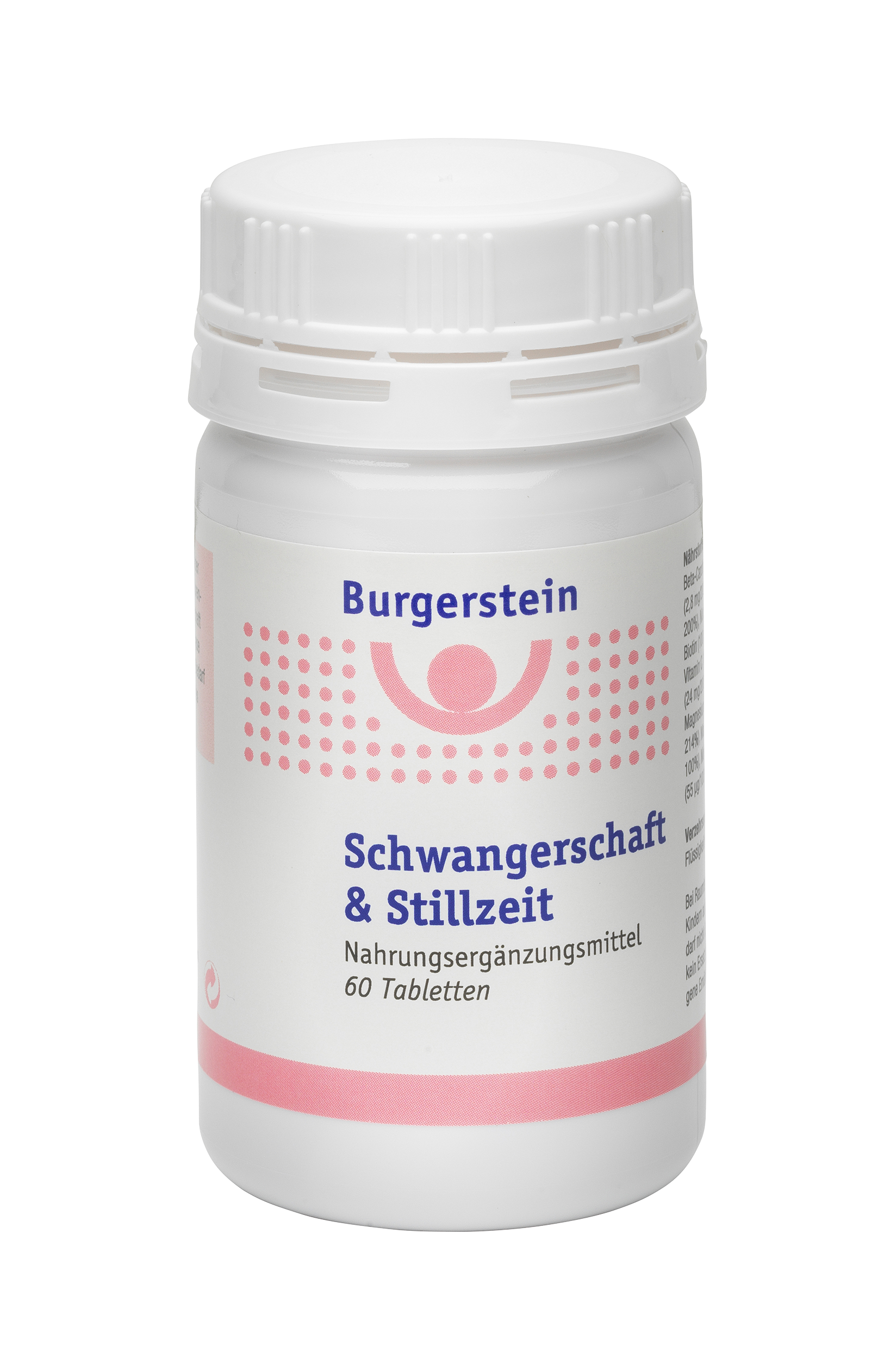
Schwangerschaft & Stillzeit
check product -
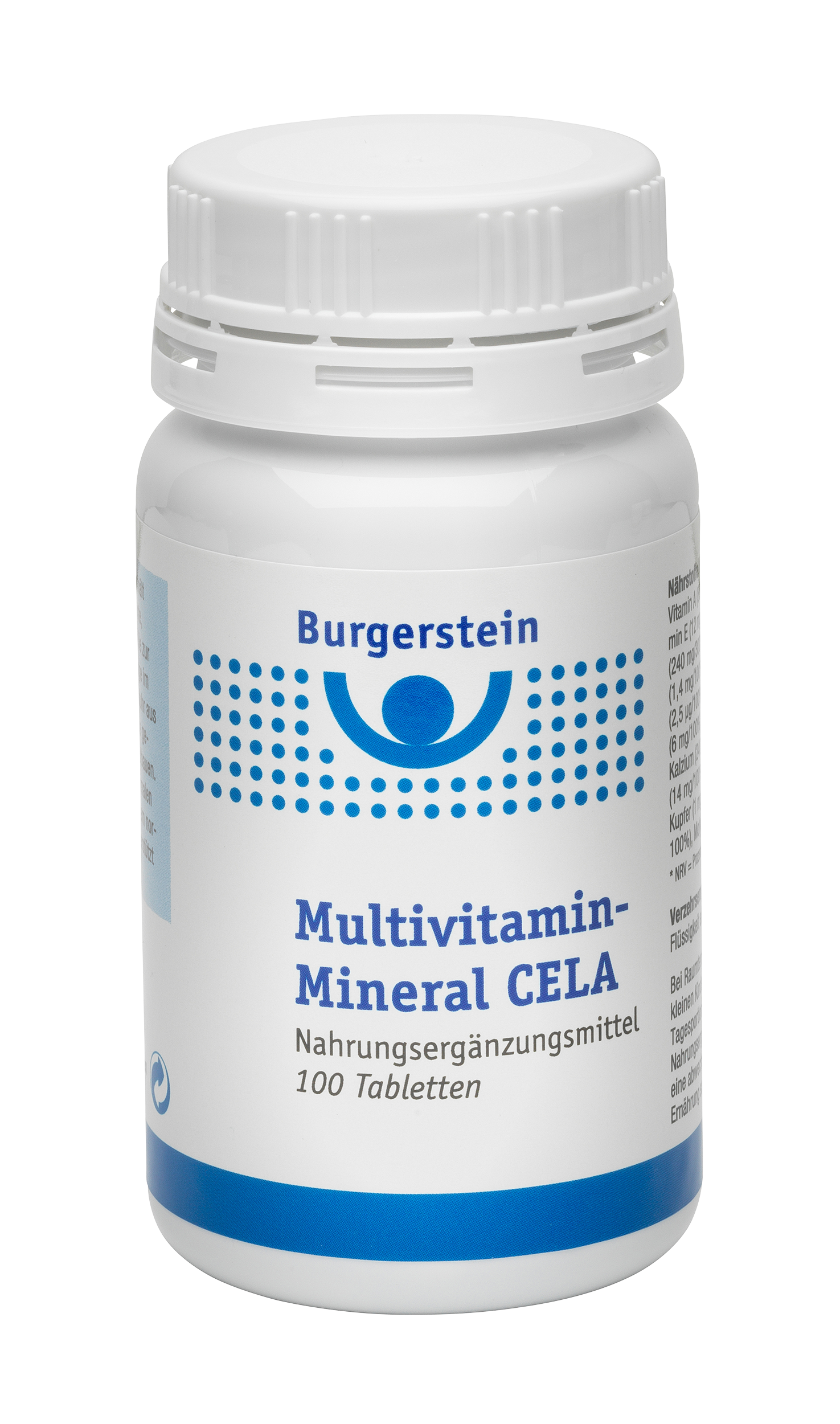
Multivitamin Mineral CELA
check product -
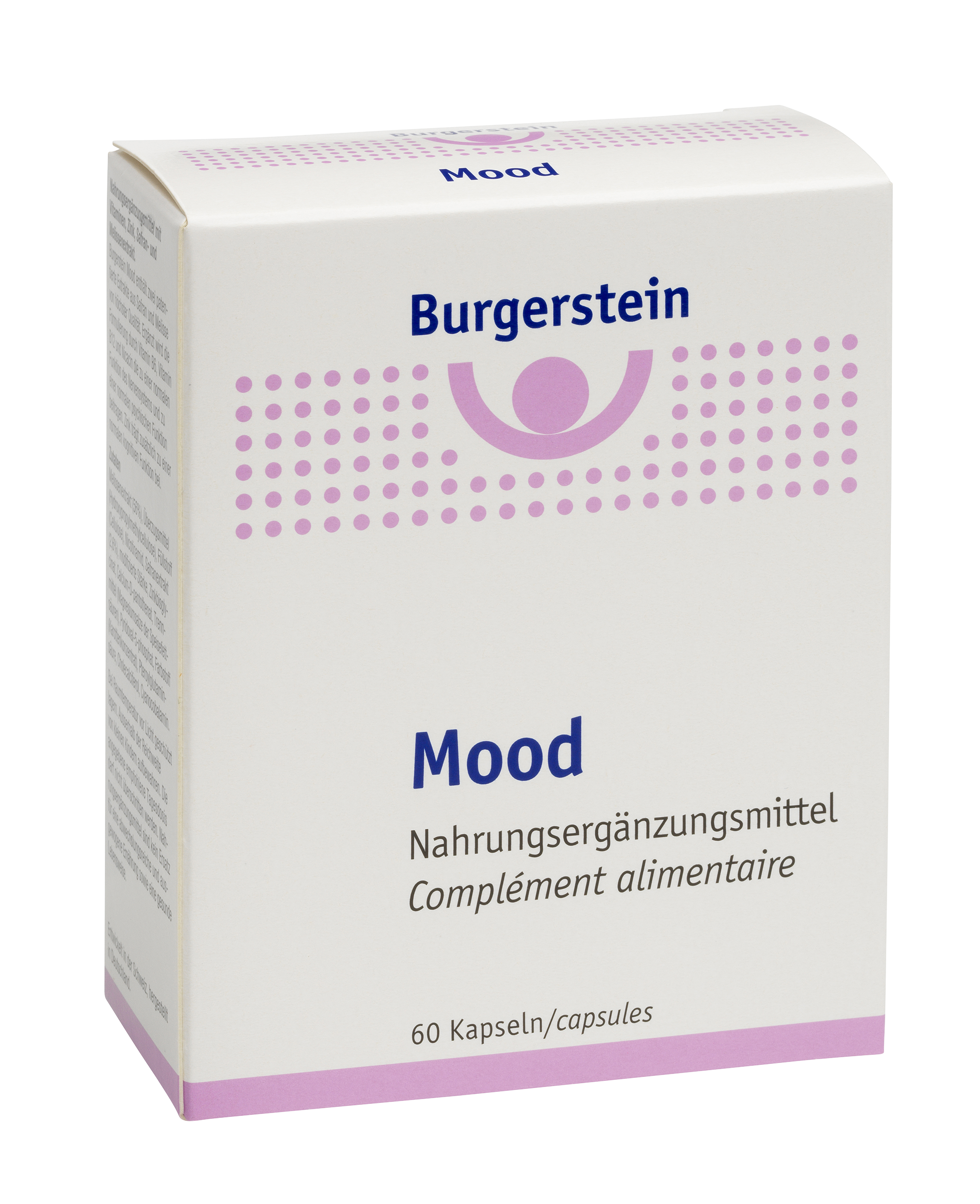
Mood
check product -
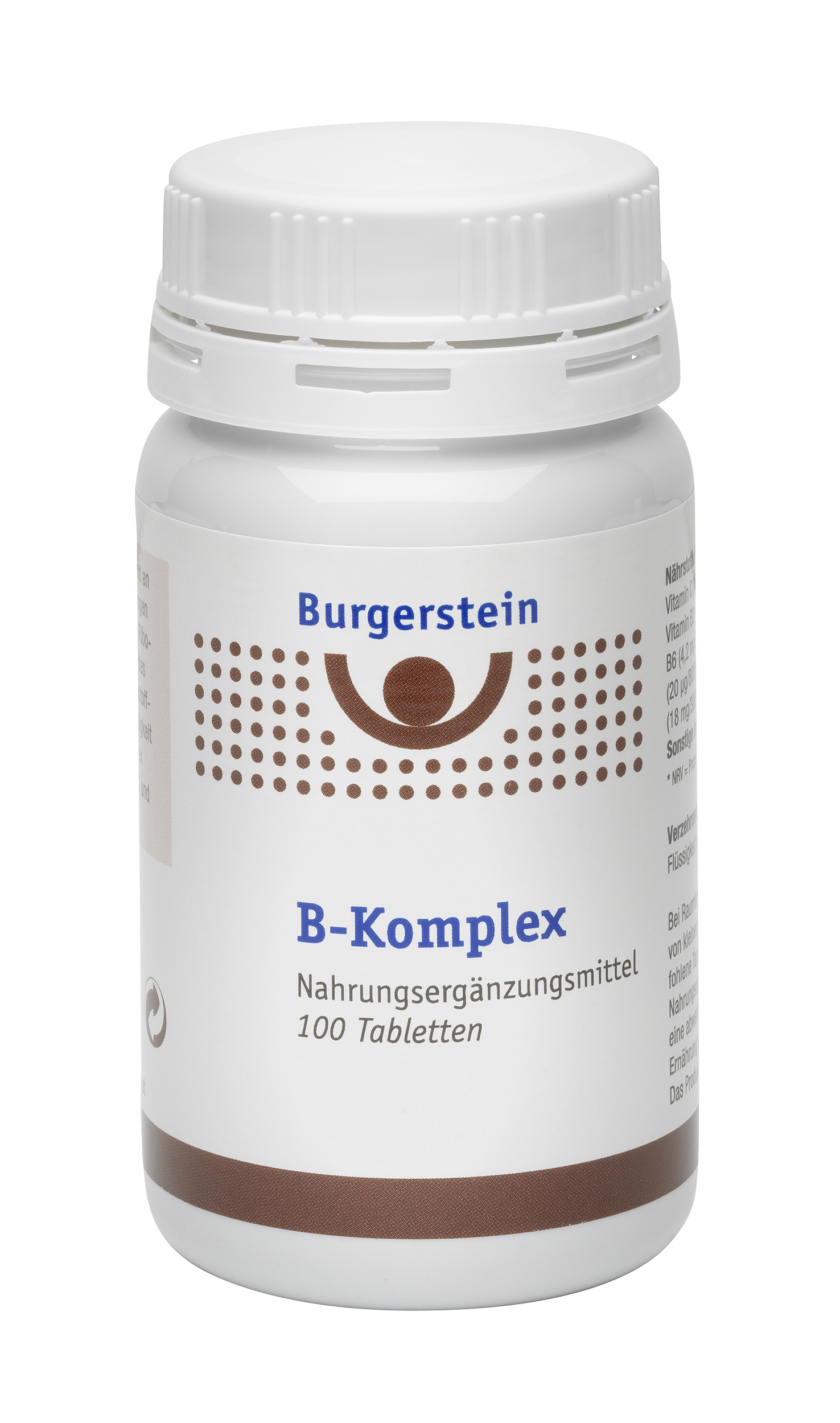
B-Komplex
check product -
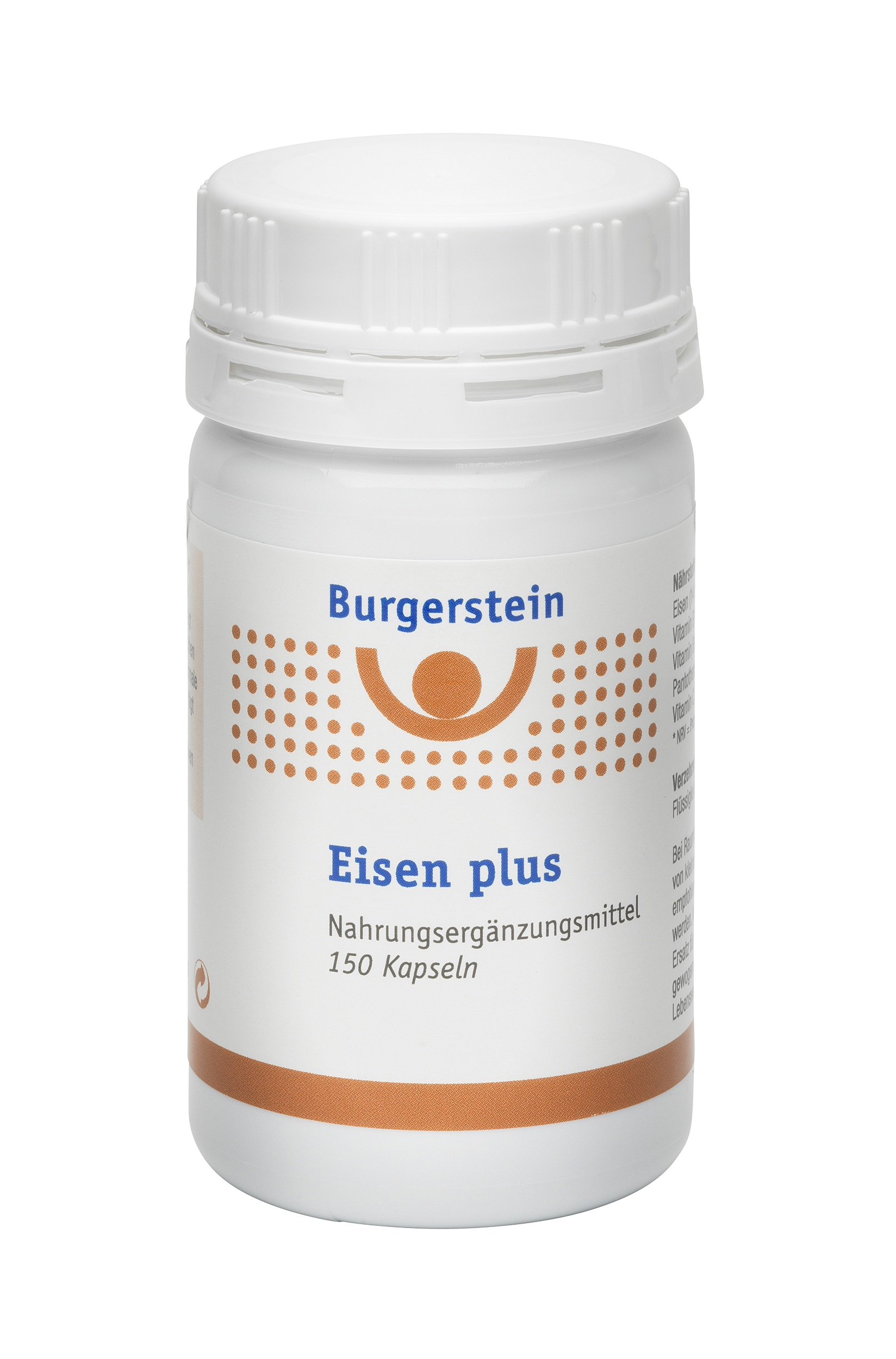
Eisen plus
check product -
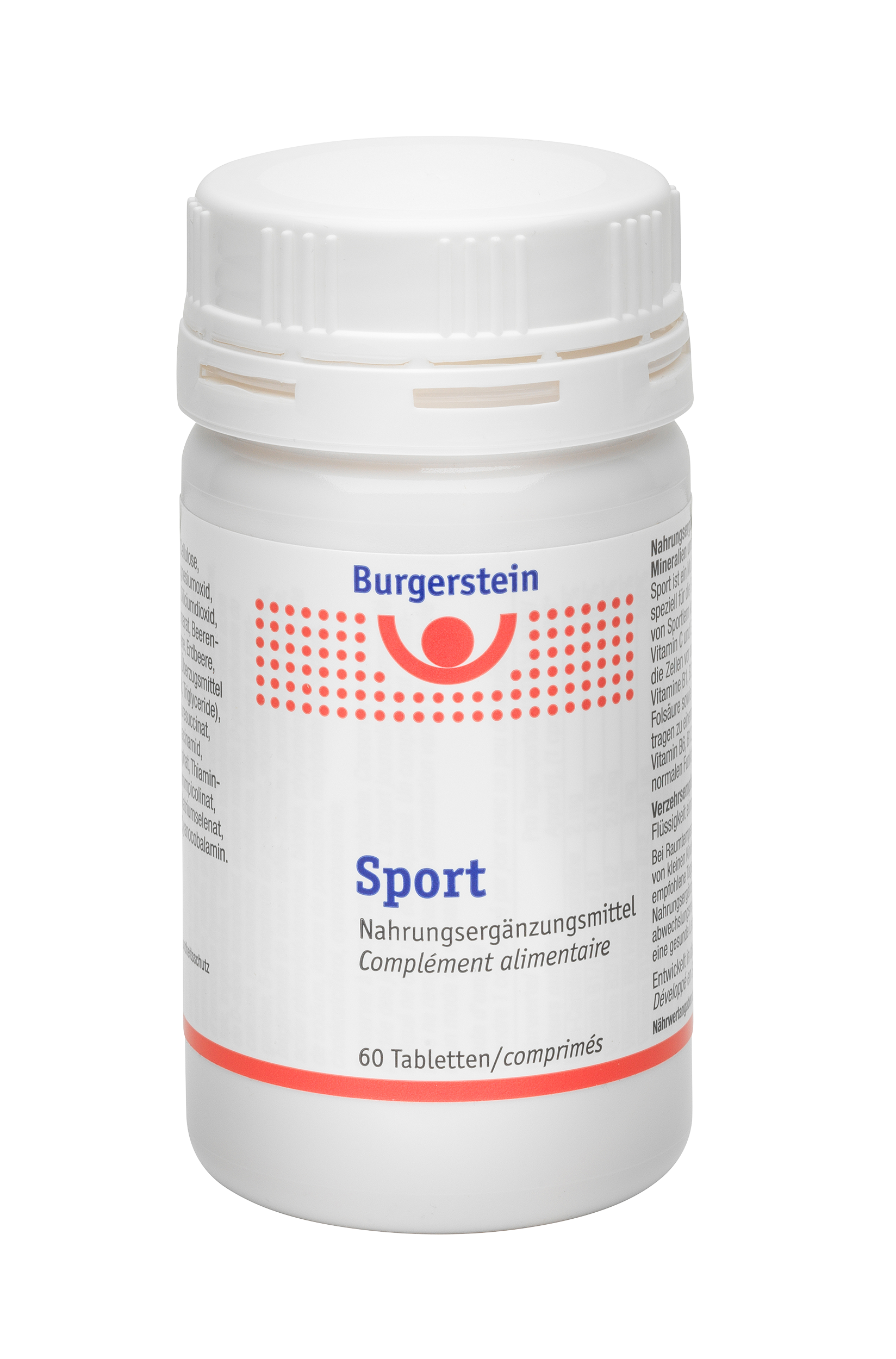
Sport
check product -
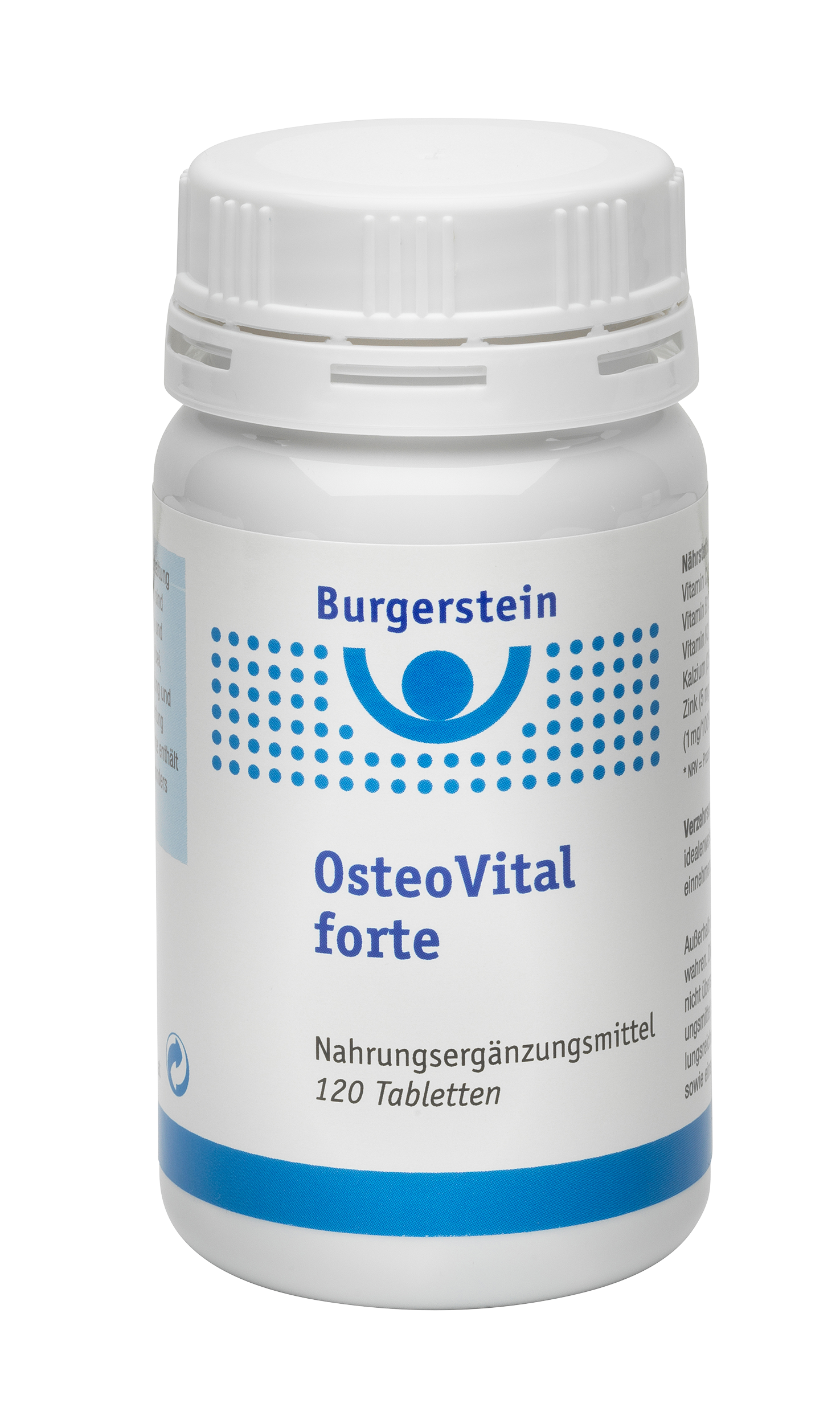
OsteoVital forte
check product -
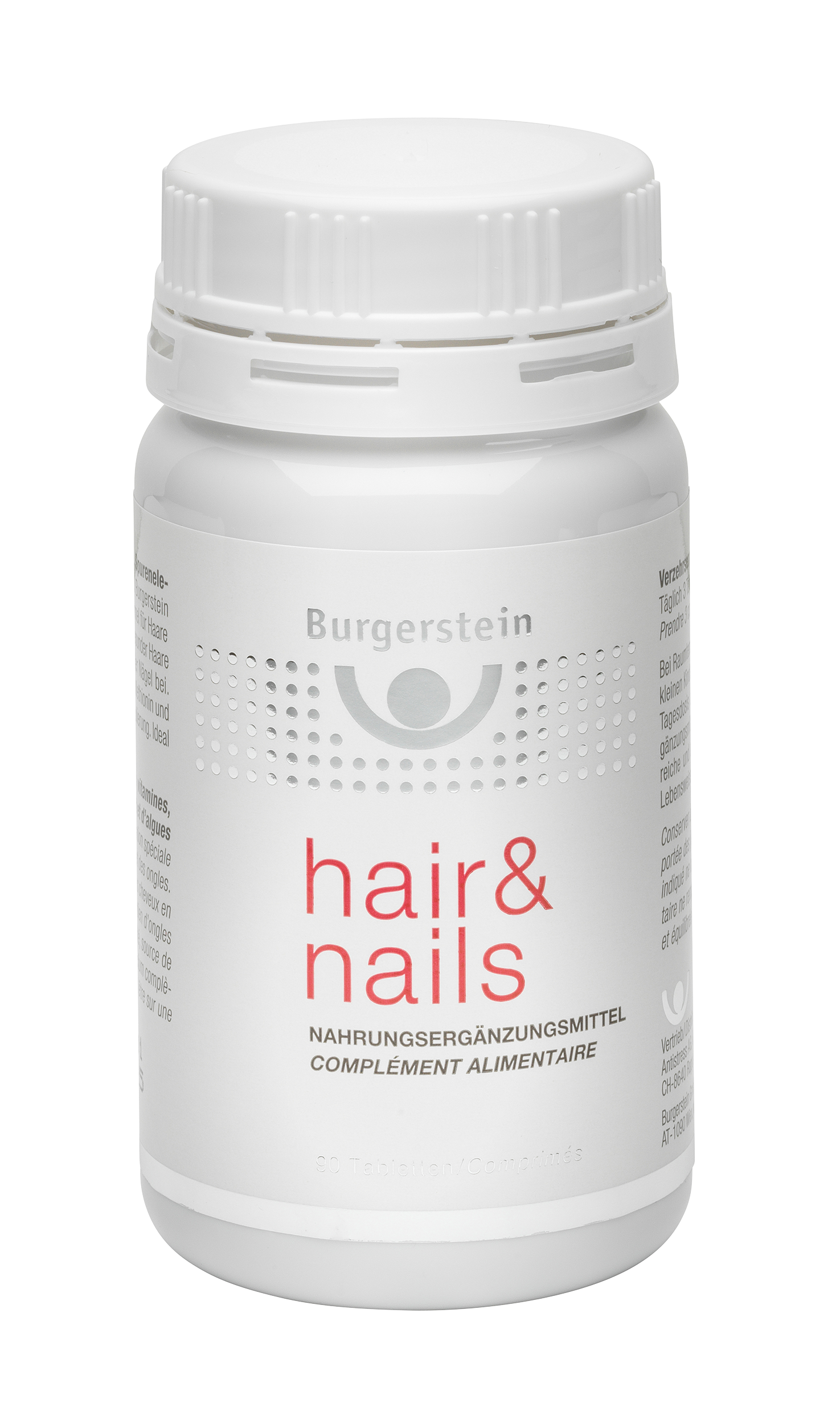
hair&nails
check product
